Out of the Nordic countries, Finland inevitably stands out as uniquely non-Scandinavian in many ways (despite having very close cultural, political, and financial ties to the rest of the region in modern times). From speaking a language that sounds vastly different from the Scandinavian ones, to an absence of Norse mythology and history in most parts of Finland. So why is this?
Well, as the Nordic region was slowly populated after the ice sheets from the last ice age slowly retracted, many Finns seem to have taken a different route than their Scandinavian neighbors in the west. And despite having many characteristics and modern-day genetics in common with their Nordic brothers and sisters, the Finnish language has completely different origins from the Scandinavian languages.
The Finnish language is ultimately from a completely separate language family (Uralic) from the Scandinavians (Indo-European), and while the Nordic region today is a closely-knit group of countries, the Finns still stand out a bit from the rest.
I can attest to this personally, as I grew up in Sweden with a Finnish mother (and lots of extended Finnish family). We used to visit Finland and our family there every summer when I was growing up, and I remember how foreign the language and some of the culture seemed early on (not in a bad way necessarily!), and how different it felt from back home.
I did not get the same feeling going to Denmark or Norway, despite not having any family there. Quite the opposite, both societies seemed very similar to Sweden in culture, language, and behaviors.
Rune Circle Metal Wall Art
Metal wall art featuring and inspired by designs found in archeological sites from Viking Age Scandinavia. Free shipping worldwide.
 Visit Our Shop
Visit Our Shop
As with most cultures (especially ones you have roots in), I grew to understand and love the Finnish culture, and as the years have gone by I have also realized that I’m likely more Finnish than Swedish in many ways.
Either way, let’s clear some things up regarding the origins of the Finnish people, and why they are a bit different from their Nordic neighbors.
Finland is a Nordic Country with Baltic Finnic Heritage
Finland is part of the Nordic region, and therefore bound politically, culturally, and financially to Sweden, Denmark, Norway, and Iceland in modern times. The Finnish people are, however, of the Baltic Finnic ethnic group, which actually makes Estonia the Finns’ closest relatives ethnically and linguistically.
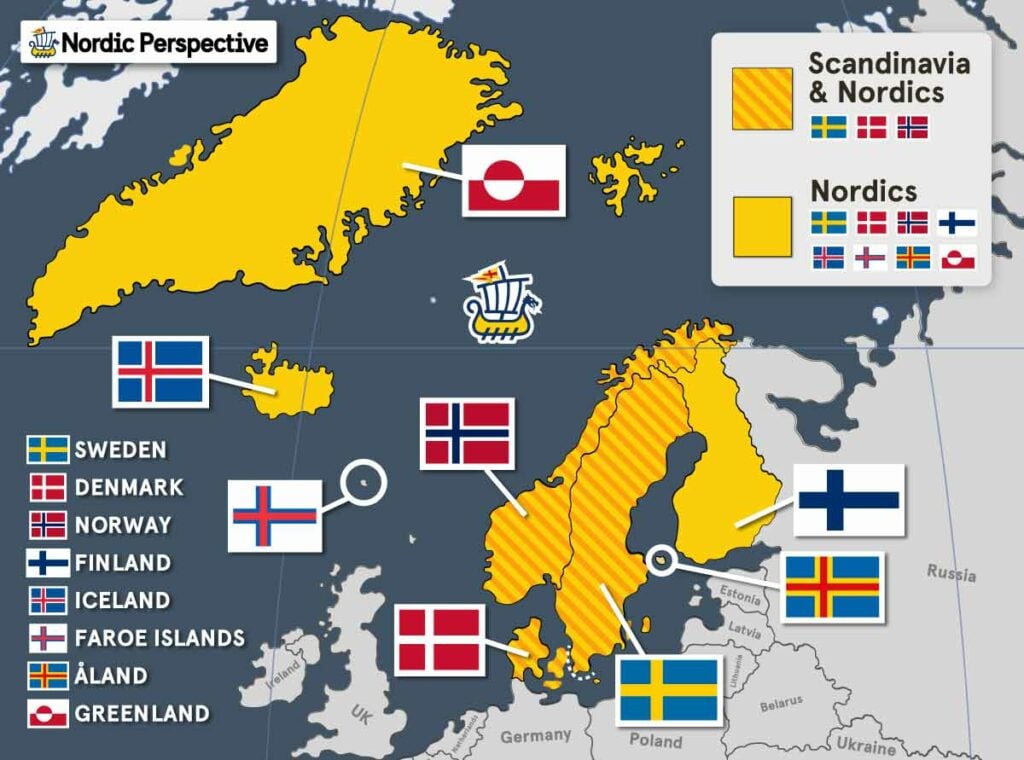
So Is Finland Scandinavian, Baltic, or Slavic?
As the Finns are considered to be part of the Baltic Finnic ethnic group they are not really considered either Scandinavian, Baltic, or Slavic. There is, however, a sub-group of some 450 000 Sweden Finns along the Finnish coast (and on the Åland Islands) whose heritage and ethnicity would be considered Scandinavian, and parts of northern Finland are technically located on the Scandinavian peninsula.
It’s also important to note that Finland was part of the Swedish kingdom between 1157-1809, so it’s not so strange that a lot of people include Finland under the Scandinavian umbrella internationally speaking.
The Finns may not have mostly Scandinavian heritage, but is definitely closely connected to the Scandinavian countries historically, culturally, politically, and economically.
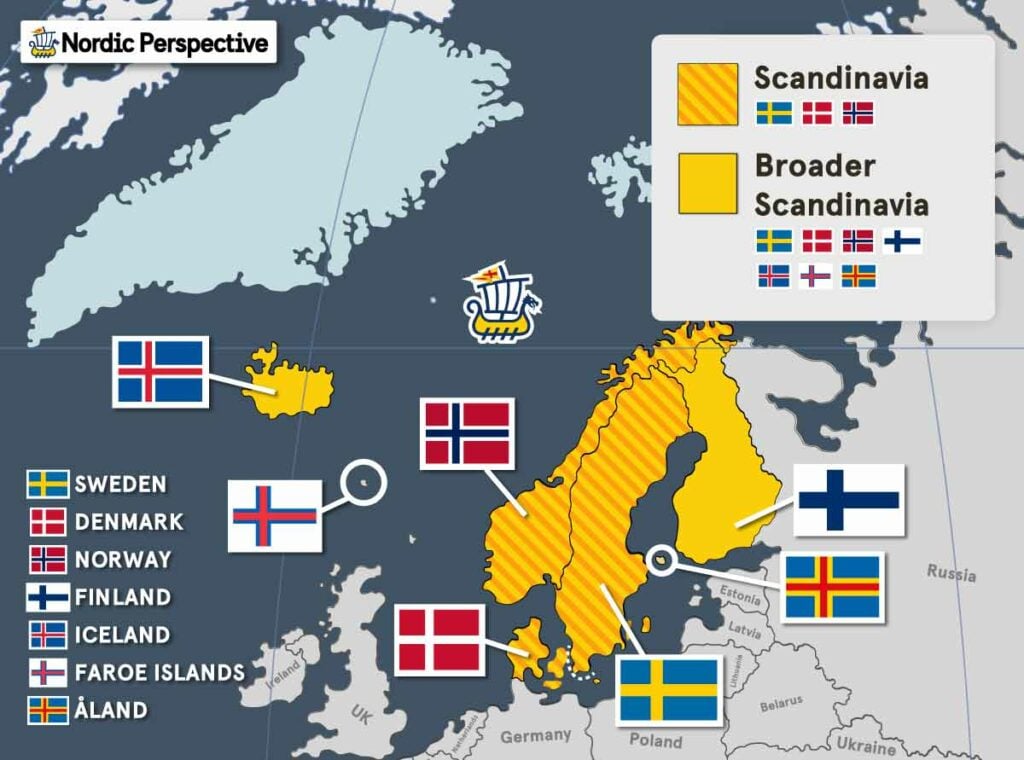
Finland and the Baltics: A Tale of Common Heritage
Despite these strong Nordic ties, Finland also has very close ties to the Baltics in general and Estonia in particular, both historically and linguistically speaking.
The two countries share a lot of common history, and Finnish and Estonian are part of the same language group (the Finnic or Balto-Finnic languages), which is very distant from the rest of the Nordic languages.
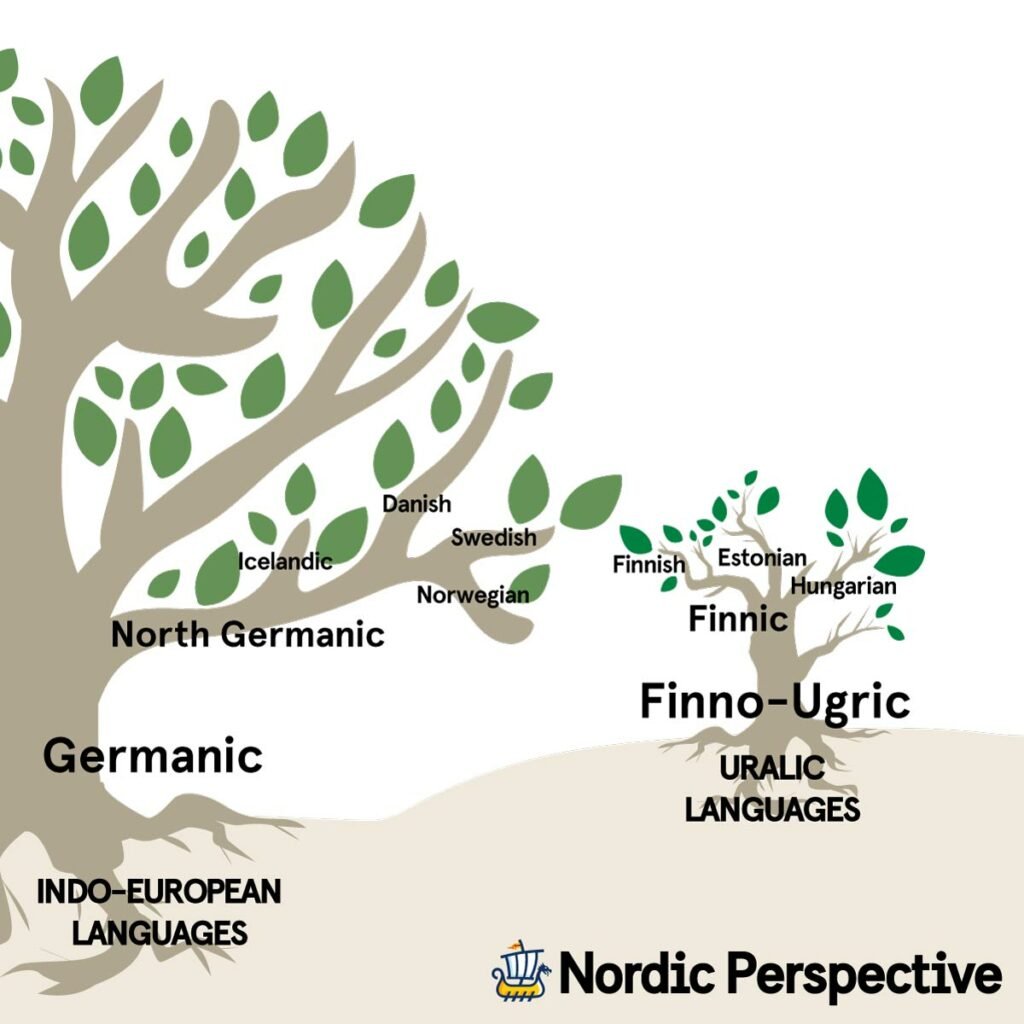
As the Nordic languages are Germanic languages in the Indo-European language family, they are not even remotely related to the Finnic languages in the Uralic language family.
But of course, Finland also has very strong political, financial, and cultural ties to the larger Nordic region, and to Sweden especially.
Sweden is Finland’s second biggest trade partner (after Germany) with 10% of Finland’s total exports going to the Swedes, and the two countries also have also signed a unique defense cooperation treaty along with Norway called NORDEFCO, meant to improve cooperation between the three most Northern Nordics against, for example, a looming Russian threat.
Where Did the First Finns Come From?
Archeologists have found evidence of cave-dwelling Neanderthals in Finland as far back as 120 000 BCE, but after the most recent ice age had covered and then yet again unveiled the land of the Finns, it was populated by people from the south and south-east around 10 000 years ago.
Most Europeans’ DNA, including Scandinavians, is a mixture of three ancestral populations; European hunter-gatherers, European farmers originating from Anatolia, and Pontic steppe herders – but this is not the case with the Finns (and the Saami, Russians, Mordovians, Chuvash, Estonians, and Hungarians).
These ethnicities see a lot more of an east Asia gene makeup, suggesting that the region they cover saw a larger amount of east Asian migrations during the stone age. This is also evident in other Nordic populations, but not to the same extent.
It gets complicated though, as Finns have among the highest percentage of the so-called “Yamnaya genetic component”, indicating a large share of ancestors from the Pontic steppe herders that migrated to Europe during the Bronze Age, a component that the rest of Scandinavia and Germanic Europe share to a similar extent.
Looking at archeological findings, the culture of Finland during this time period looks very similar to that of their Estonian neighbors in the south, and together they form the Soumusjärvi culture group at this point in history.
During the bronze age, Finland is divided into western and eastern culture groups; with the western group being focused around the coastal areas, and the eastern the more inland areas. Through trade and the exchange of ideas with their Scandinavian neighbors in the west, the western group eventually becomes part of what is known as the Nordic Bronze Age culture group, while the eastern group becomes part of the Arctic Bronze Age culture group.
So the Finns seem to have traded regularly with Scandinavians during the bronze age, and this is also when the first farmers appear in Finland.
Finland in the Iron Age
Moving into the iron age, the Finns now seem to concentrate their trade with the Baltics but with very few cultural and technological changes during this time.
During the great migrations of 400 – 550 CE, there is still lots of trade in the Baltic sea. So despite other European regions experiencing movements and conflicts around this time, the culture groups in the Nordic and Baltic regions seem to still be friendly for the most part.
The main cultural areas at this time are focused on the western coast of Finland, and the people around Satakunda and Southwestern Finland are even trading with Russian regions when the Germanic Migrations are in full swing.
Around 2500 years ago, there seems to be yet another divide among the Finnish people in the region, with the western group around Satakunda and Southwestern Finland integrating more and more into the Swedish kingdoms to the west, and the eastern group centered in Ösel becoming a growing separate influence in the Baltic sea.
This division may possibly be linked to the mythical Pohjola and Väinölä people described in the 19th-century epic Kalevala.
Finland During the Viking Age
There is evidence of both peaceful trade and not-so-peaceful conflict between Finns and the neighboring Vikings during this time, and Finland is thought to have been a regular stop for Vikings on their way east, with significant evidence of trade with the Viking trade center of Birka (situated near modern-day Stockholm) found in archeological sites in Finland and Sweden.
Were the Finnish People Vikings?
The Vikings weren’t a “people” per se, but more of a description of the seafaring pirates who suddenly started to show up along the Northern European coasts and who generally originated in modern-day Scandinavia (which according to local and formal definitions does not include Finland).
That said, Finnish ports along the Baltic sea were thought to have been key factors behind the Norsemen’s expansions eastwards, and it is believed that individual Finns did take part of Viking raids and expeditions.
Furthermore, the island of Åland was considered an important Viking port at the time, and it was considered to be Finnish back then too. The Norse also acquired important knowledge about the Russian lands from the Finns, which is thought to have been crucial information enabling their future eastern endeavors.
Were the Vikings Afraid of the Finns?
We don’t really know how the Vikings viewed the Finns, but there has been some speculation that the Vikings chose to stay away from the Finns due to fear (there has been mentions of witchcraft being suspected and part of why Vikings supposedly being afraid of the Finns), but there are no credible sources that can back these theories up — so the best assumption we can make is that there was both friendly and hostile contact between the sea-faring Norsemen and the inhabitants of Finland during the Viking age.
At least one runestone has been found just outside the Finnish coast in the Baltic sea, and the remains of 4 Swedish Vikings (DNA tests suggest they are brothers) have been found in Ösel (modern-day Estonia). This shows Viking activity in the area, as well as Viking casualties from presumed conflict with the Baltic Finnic people.
Quick Answers About Finnish Heritage
Are Finns Considered Germanic?
Most Finns are considered Baltic Finnic as opposed to Germanic, there is a group of almost 300 000 Swedish Finns on the western coast of Finland that would be considered Germanic.
Furthermore, along with the Saami, Russians, Mordovians, Chuvash, Estonians, and Hungarians, most Finns are part of the larger Uralic language and ethnic group.
The Uralic people see a lot more of an east Asia gene makeup than the Germanic people, suggesting that the region they cover saw a larger amount of east Asian migrations during the stone age. This is also evident in the Finns’ Nordic neighbors (who are considered Germanic), but as much.
The Finns do have a high percentage of the “Yamnaya genetic component” though, meaning a large share of ancestors from the Pontic steppe herders that migrated to Europe during the Bronze Age. This is a component that the Germanic people share to a similar extent, so there is definitely a strong link between Finns and many Germanic people.
Is Finnish a Race?
There is no Finnish race, but some anthropologists in the 19th and 20th century used to refer to a Nordic sub-race to the Caucasian race, of which the Finns were part of. As studies in modern genetics progress, the concept of race is becoming obsolete, and has since been disproven.
Are Finns Indo-European?
The Finnish language is not considered Indo-European but Finns share Yamnaya (ancestors to Proto-Indo-Europeans) genetics with the rest of Northern Europe, so one could argue that they technically are among the most Indo-European of all the Europeans.
Finns have traditionally not been considered Indo-European as the Finnish language is part of the Uralic language group (instead of the Indo-European). At the same time, Finns have among the most Yamnaya (seen as ancestors to Indo-Europeans) genetic components in Europe.
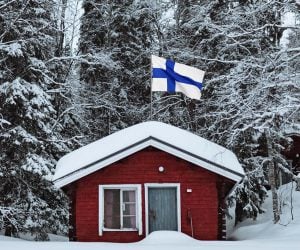
Are Finns Mongolian?
A study by Helsinki University shows that inhabitants of Finland who lived 4000 years ago had DNA containing genetic material from Siberia, which is still visible in modern Finns DNA according to the same study. Mongols can also trace their genetic heritage to Siberia, and a study published in Nature Genetics saw a strong presence of Mongolian genetics shared with Finnish DNA.
The modern Finns are generally more mixed with the European genome, but Siberian and Mongolian origins are more visible in Finns than in other European populations.
By the way, if you'd like to connect to your inner Scandinavian with some stylish prints and clothing, I've created a collection of high-quality and authentic Nordic posters and apparel.
Shop Authentic Nordic Posters & Apparel
Get in to the Scandinavian spirit at home with our premium museum-quality prints and original apparel sent right to your doorstep with free shipping worldwide.
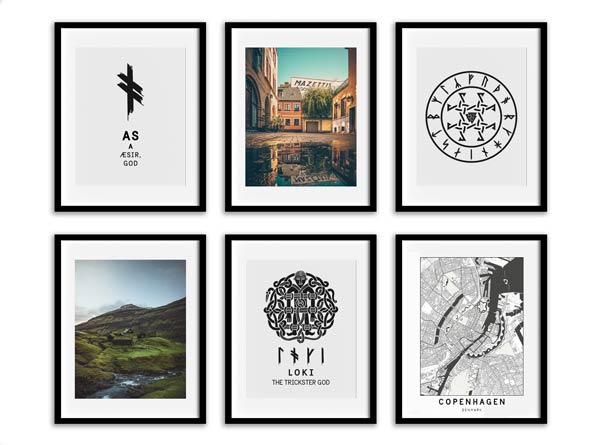 Get Them Now
Get Them Now
Sources:
https://www.lu.se/artikel/ostersjofinnar-hjalpte-vikingar-i-farder-osterut
https://www.svt.se/nyheter/vetenskap/dna-avslojar-vikingarnas-resor
https://www.nature.com/articles/s41467-018-07483-5
https://www.nature.com/articles/s41588-018-0250-5
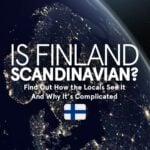 Is Finland Scandinavian? (The Full Answer)
Is Finland Scandinavian? (The Full Answer)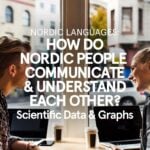 How Nordic People Understand & Talk To Each Other (+ Graphs)
How Nordic People Understand & Talk To Each Other (+ Graphs) Nordic and Scandinavian Languages Explained and Ranked
Nordic and Scandinavian Languages Explained and Ranked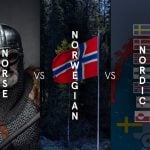 Norse vs. Norwegian vs. Nordic: Differences Explained
Norse vs. Norwegian vs. Nordic: Differences Explained

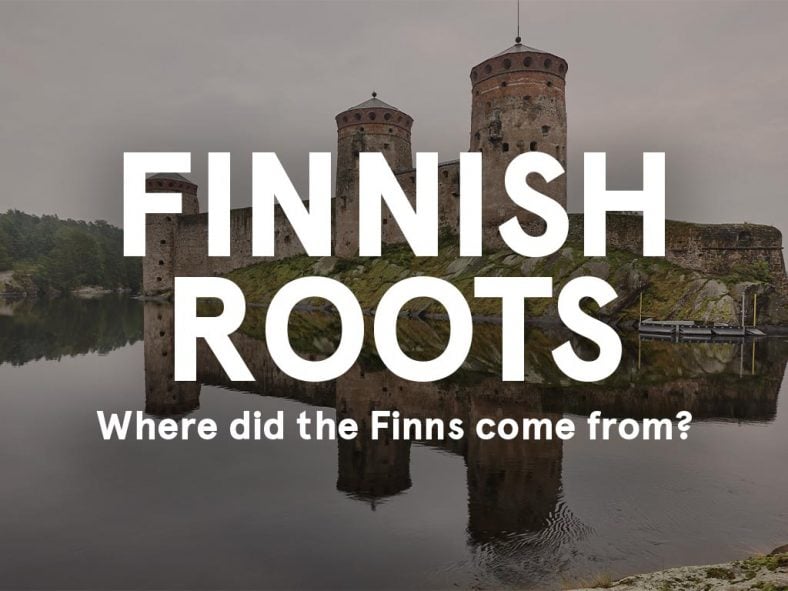
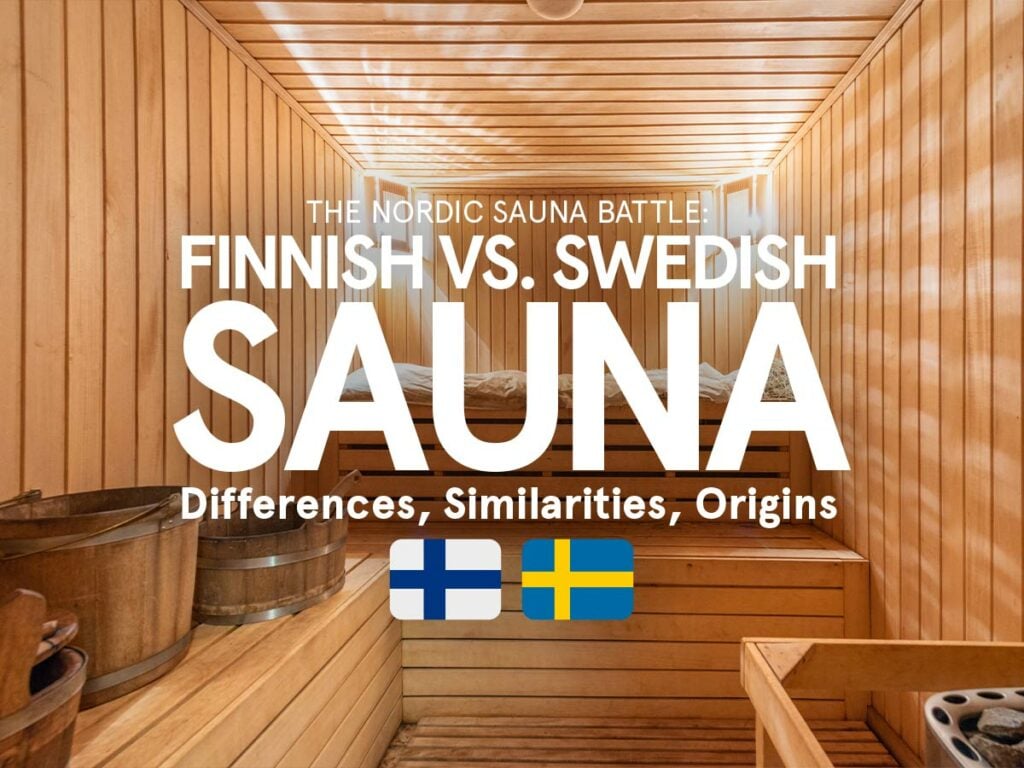
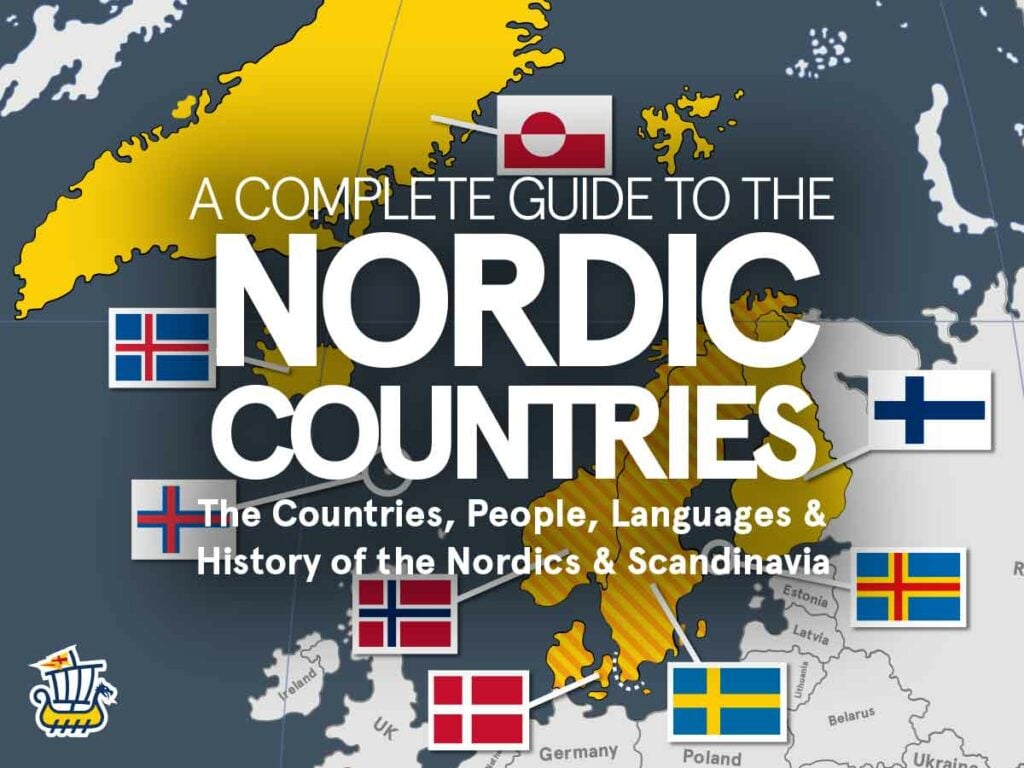
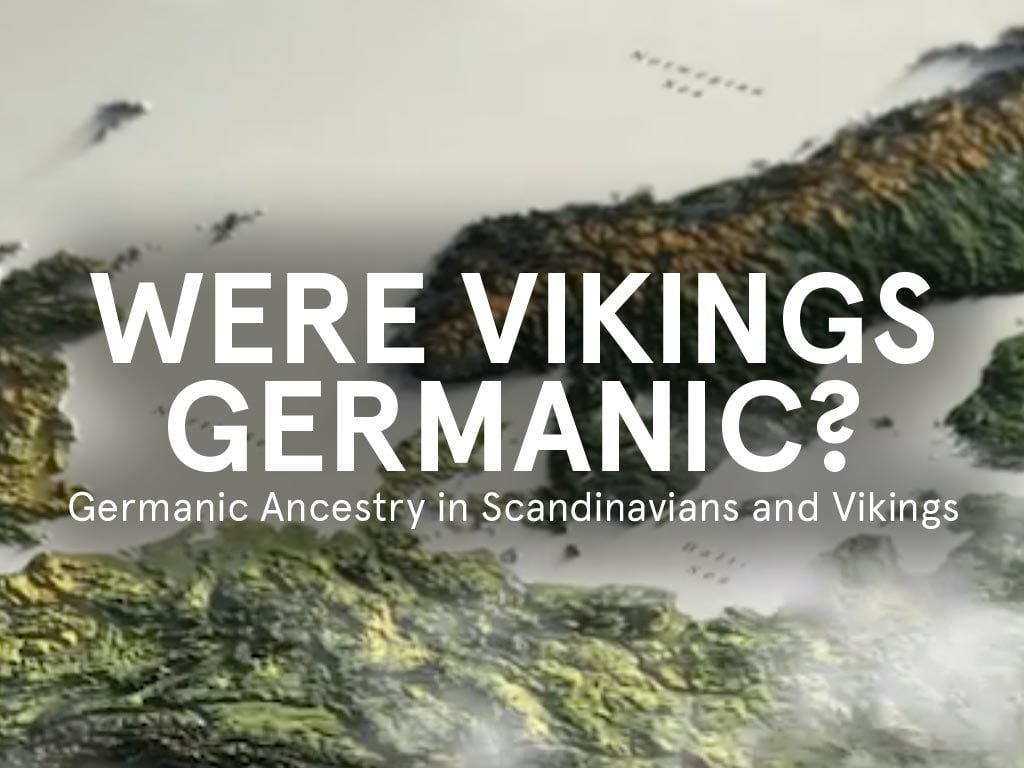

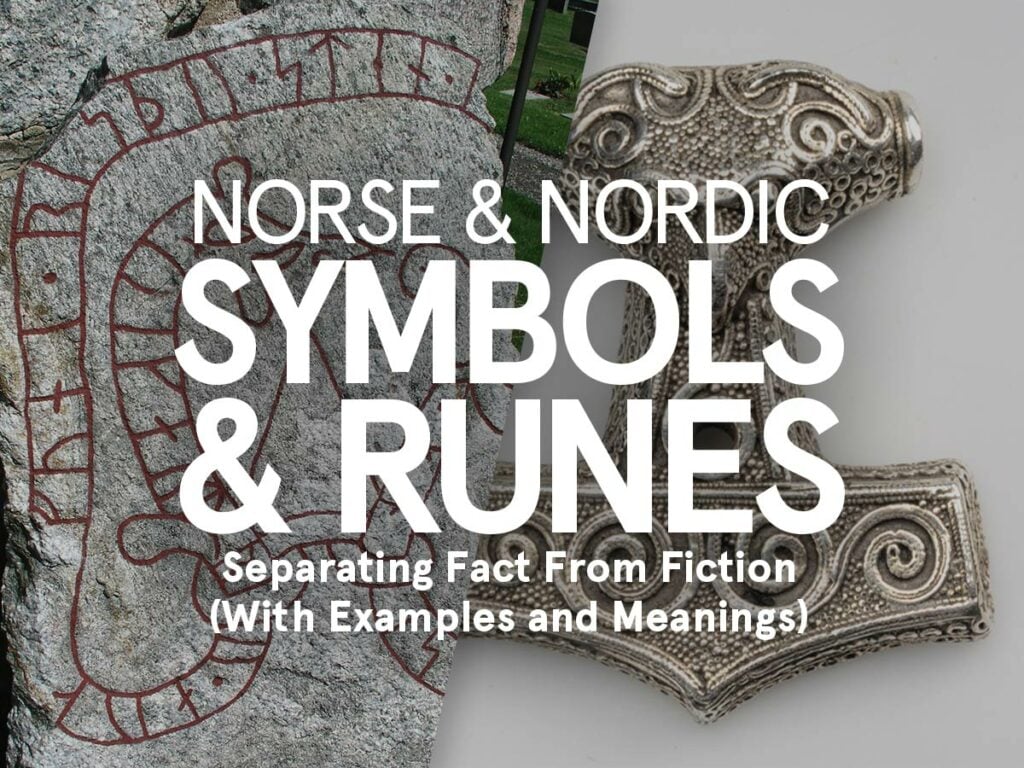
You should update your information about Finnish genetics. Finns have among the highest percentage of the Yamnaya (Indo-European component) in Europe. And Finns are not the only people in Europe with Mongolian/Siberian admixture as the chart in the link shows. Norwegians Scots and even English have some of the said admixture.
https://www.researchgate.net/profile/Kristian-Kristiansen/publication/318751121/figure/fig2/AS:639506147459073@1529481555541/Distribution-of-the-Yamnaya-genetic-component-in-the-populations-of-Europe-data-taken_Q640.jpg
https://www.nature.com/articles/s41467-018-07483-5
Thanks Veijo for forwarding this! That was an interesting map and I read more of what the authors found in their research. I have updated the article to reflect this!
Thanks again!
–Karl
Läs denna, suomeksi:
https://kirjat.finlit.fi/sivu/tuote/homo-fennicus/2716285
Tack/kiitos Ilari, jag ska ta en titt!
Thanks for your writing Karl! We have just finished building our FINNISH sauna on our property in Cambooya Australia. My wonderfull wife Raakel is a travelling missionary Fin, born in Shri Lanka whose brothers Kallu and Vallu introduced me to the amazing Sauna experience by building our first ‘bit smokey’ wood sauna in Cribb Island by the Sea….we loved our weekly Saunas and jogs to the ocean only to return to our near 100 degrees cave and feel that sting of the heat in the middle of winter. Wow! My next project is to get that original wood burning Sauna up and running again in a shack I am renovating and invite my brothers to enjoy again the history we shared some years ago Cheers Brian
Thank you for sharing this information! If you need some details about Plumbing Services than have a look here Webemail24